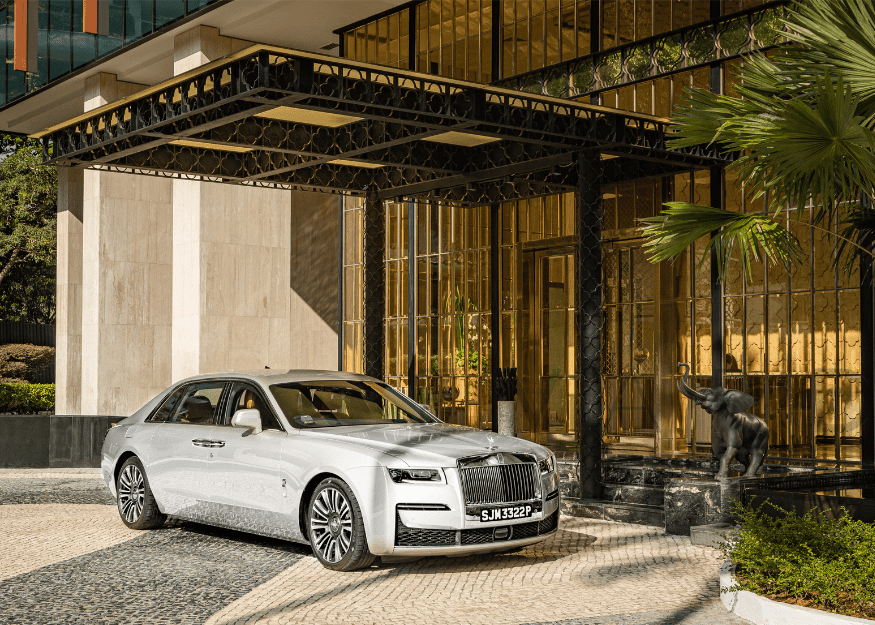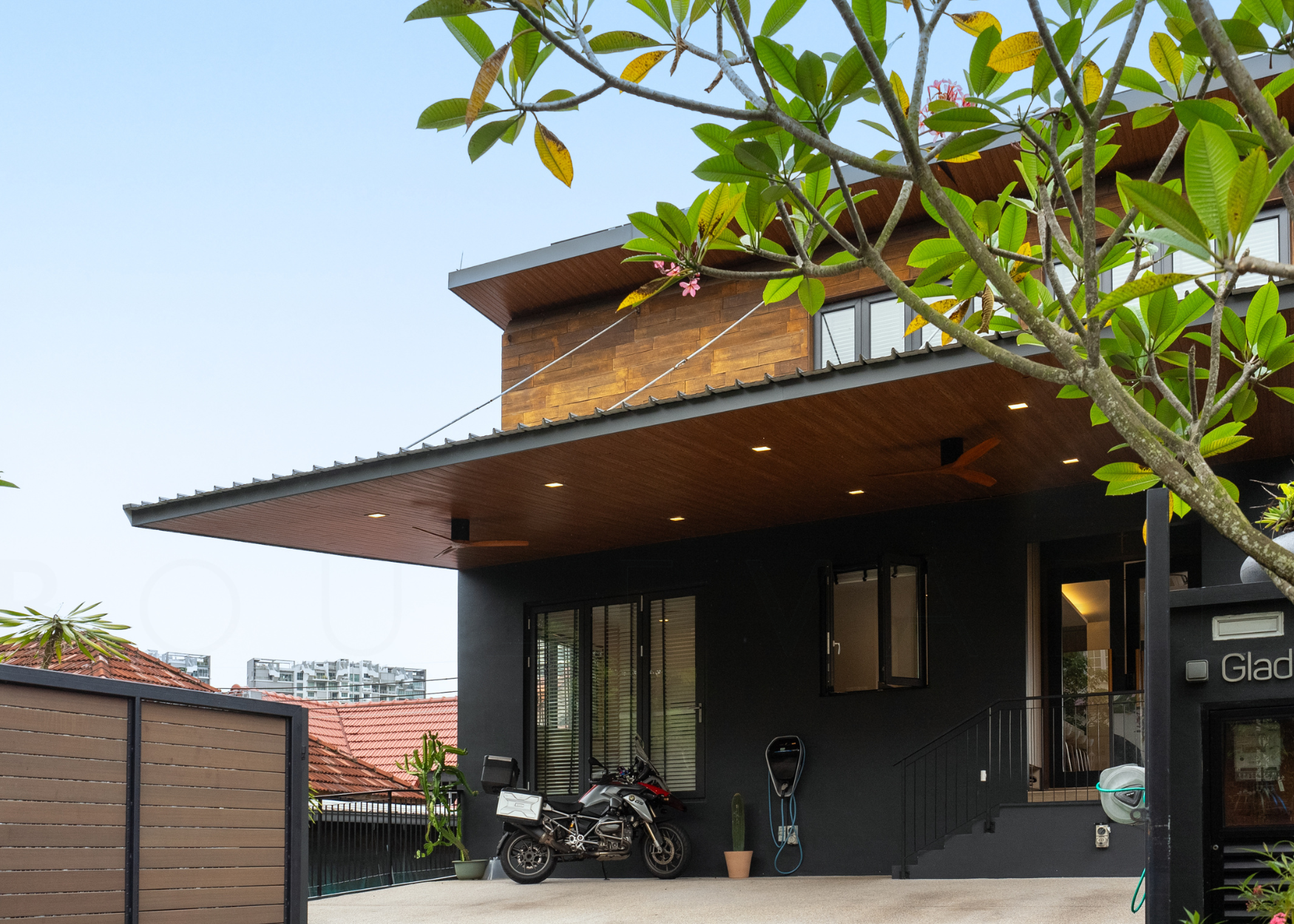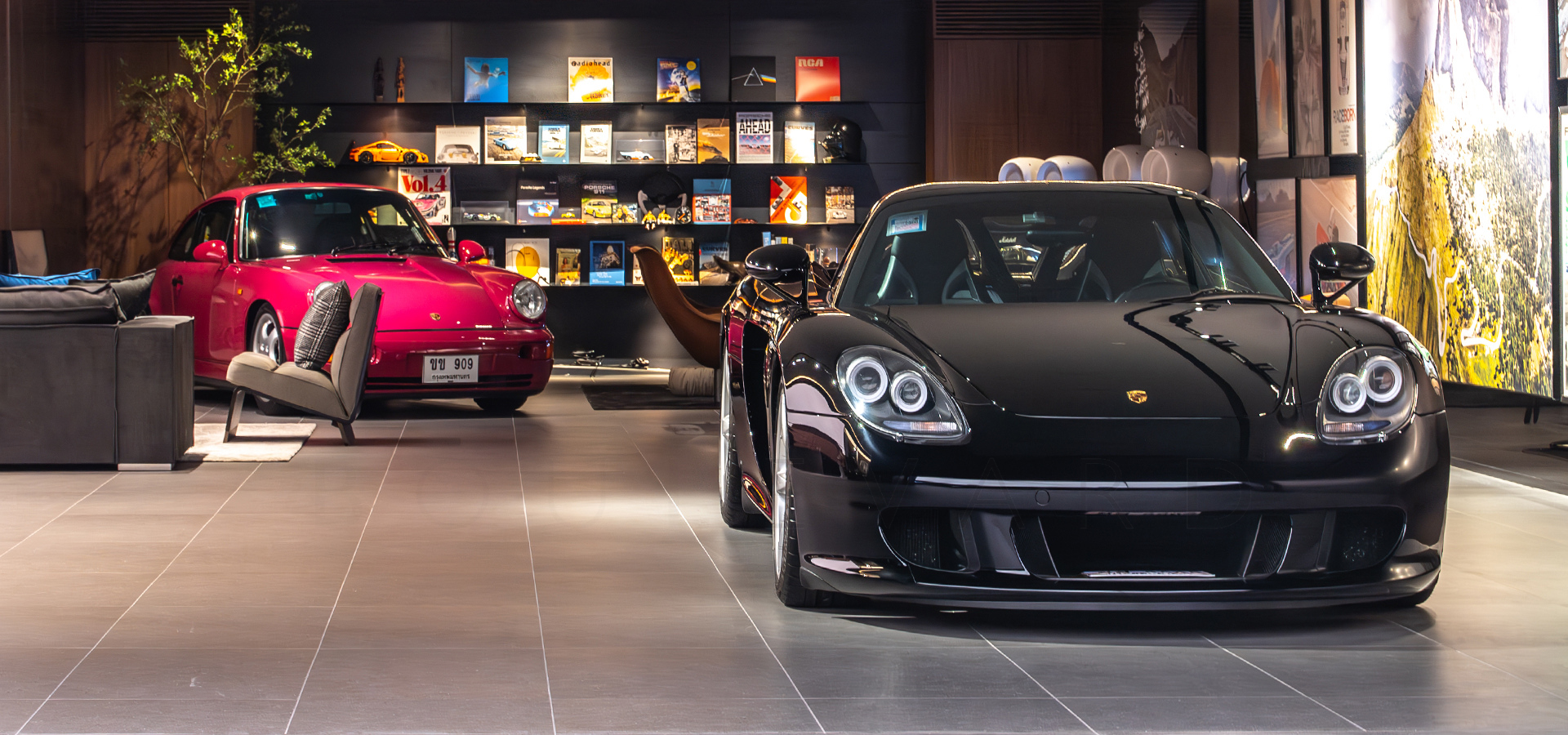The new luxury playbook: CEO insights on what consumers value now
According to industry leaders across sectors—from hospitality and real estate, to watches and aviation—the definition of luxury is changing. Driven by shifting values, evolving global markets and a broader, more diverse buyer base, luxury today is no longer about status alone. For some, it’s about time and efficiency. For others, it’s about emotional connection, cultural relevance or long-term wellbeing.
Founders, CEOs and executives tell Boulevard how they’re responding to these changes—offering insights into what today’s high-net-worth individuals are really looking for, and how luxury is being reimagined to meet them where they are.
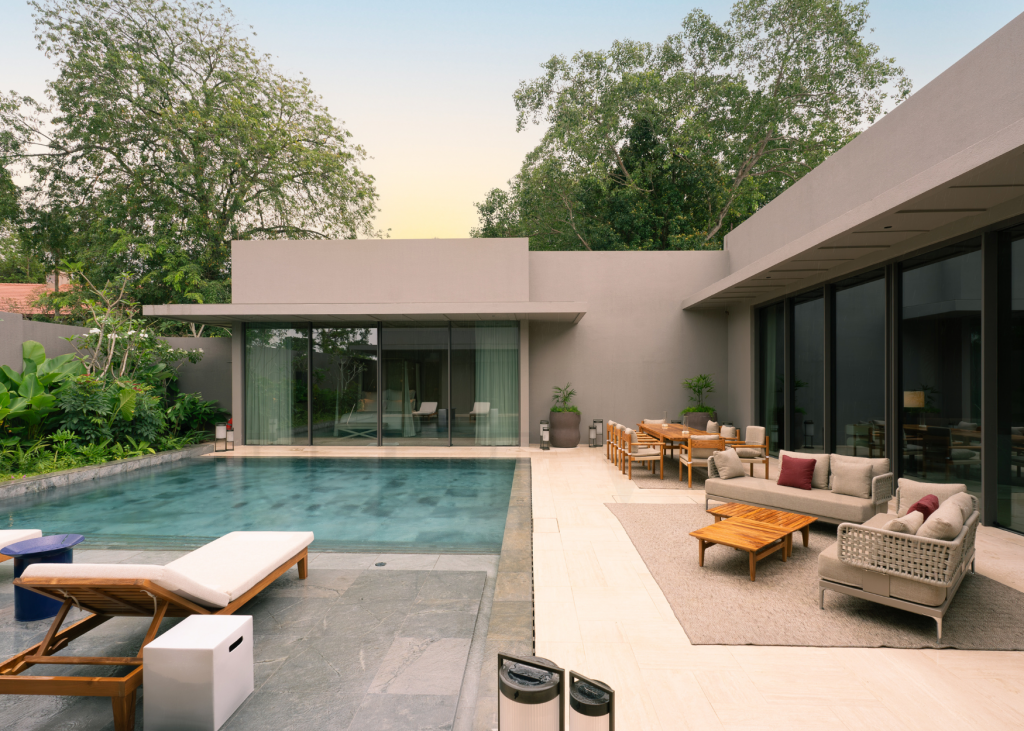
Raffles Sentosa Singapore. Top: Rolls-Royce Ghost at the Ritz-Carlton Residences driveway.
An increasing demand for meaningful experiences
Cluster General Manager of Raffles Sentosa Singapore, Cavaliere Giovanni Viterale:
“Luxury is about how you feel. It’s about comfort, space, and the people around you. It’s not just the material things, but the emotions and experiences that come with them. While details like materials and design matter, true luxury is about the lasting emotions you carry with you after your stay.”
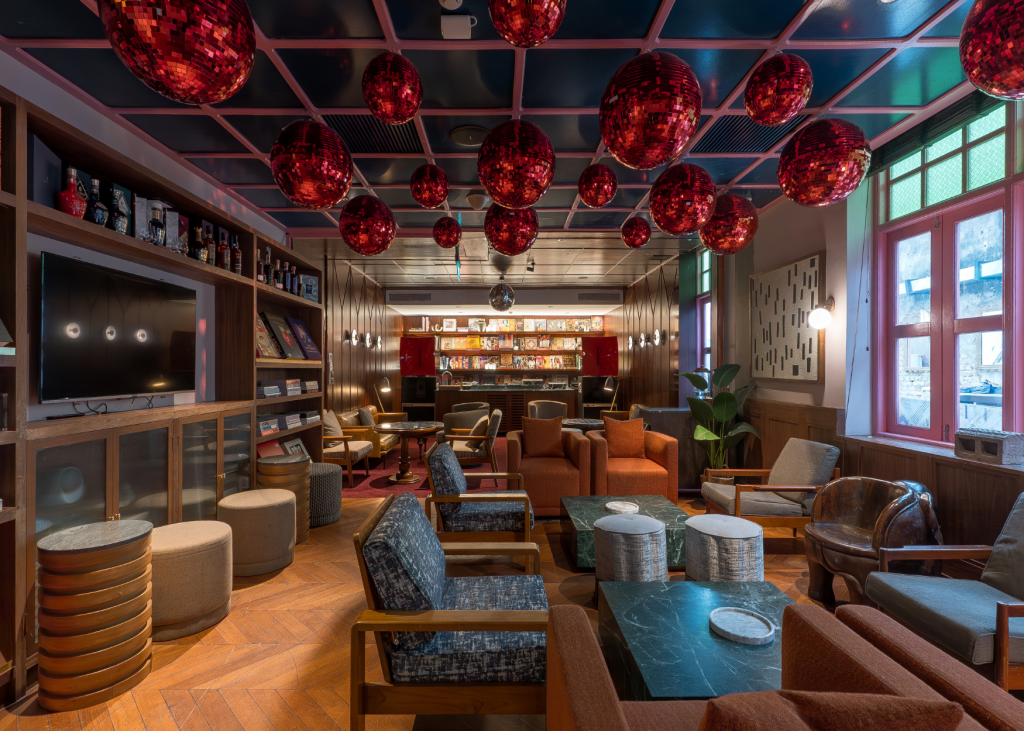
Mandala Club Singapore.
Founder of Mandala Club, Ben Jones:
“The luxury consumer today is prioritising experiences over products. Wellness is a key part of this.”
Co-founder of Soneva resorts, Sonu Shivdasani:
“Essentially, luxury is not about gold and marble. It may have been in the past… Guests now come to the resort, in part, to reboot their health or recover from illness, to launch a new beauty or wellness regime.”
Younger generation’s attitude towards luxury
CEO of Azimut | Benetti Group, Marco Valle:
“In the past, boats in this region were mostly used for business and formal occasions. Today, the new generation uses them differently. Many have studied abroad and travel often, so they approach boating in a more informal, relaxed way—just as they do with other aspects of their lives.”
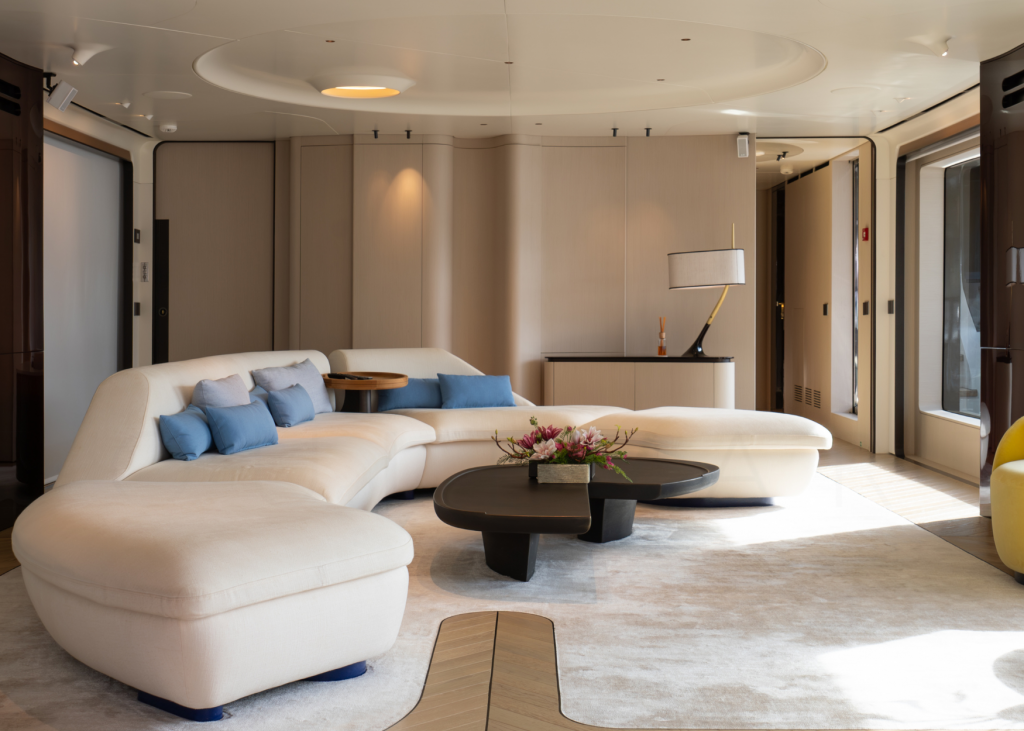
Azimut Grande Trideck 38M interiors.
President of Seiko Group, Akio Naito:
“Younger consumers are interested in the heritage or the story behind the brand. But they are also very conscious of sustainability—what the brands are doing in terms of contributing to the environment. In our case, we have some models featuring white birch trees, which we also use to support white birch forest conservation activities.”
Co-founder of The Stable Group, Danny Flynn:
“We’re seeing more new wealth entering the space—people coming out of successful tech ventures, public listings or trade sales. These younger buyers are equally discerning, just in different ways. The older demographic tends to be more cautious, while the younger ones are very clear and selective about what they want. The buyer base is more diverse now. We’re seeing everything from young families to retirees, all drawn to the same product—but for different reasons.”
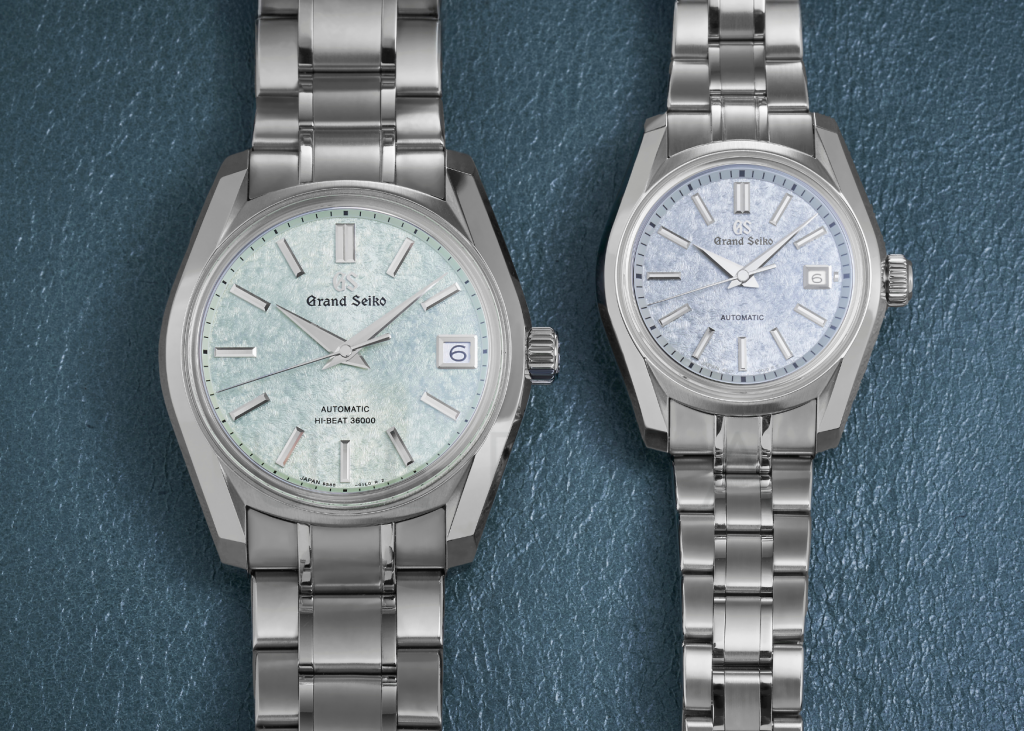
Grand Seiko Heritage Collection SBGH343 (left) and STGK031.
Co-founder of ArtSG, Magnus Renfrew:
“There are interesting things happening at every tier of the market. But there’s certainly a younger generation of collectors coming through, who are internationally engaged and really doing their research. They’re interested in art from all over the world, incredibly proud of their own heritage, but also open to looking at works from other cultural and aesthetic backgrounds.”
Geographic trends
CEO of KOP Group, Leny Suparman:
“I think the idea of luxury has evolved over the last few years… There’s a wider variety of buyers looking at high-end properties. It’s not just the traditional buyers from China or Indonesia—which were the biggest markets for luxury in the past. Recently, our buyers are coming from many countries.”
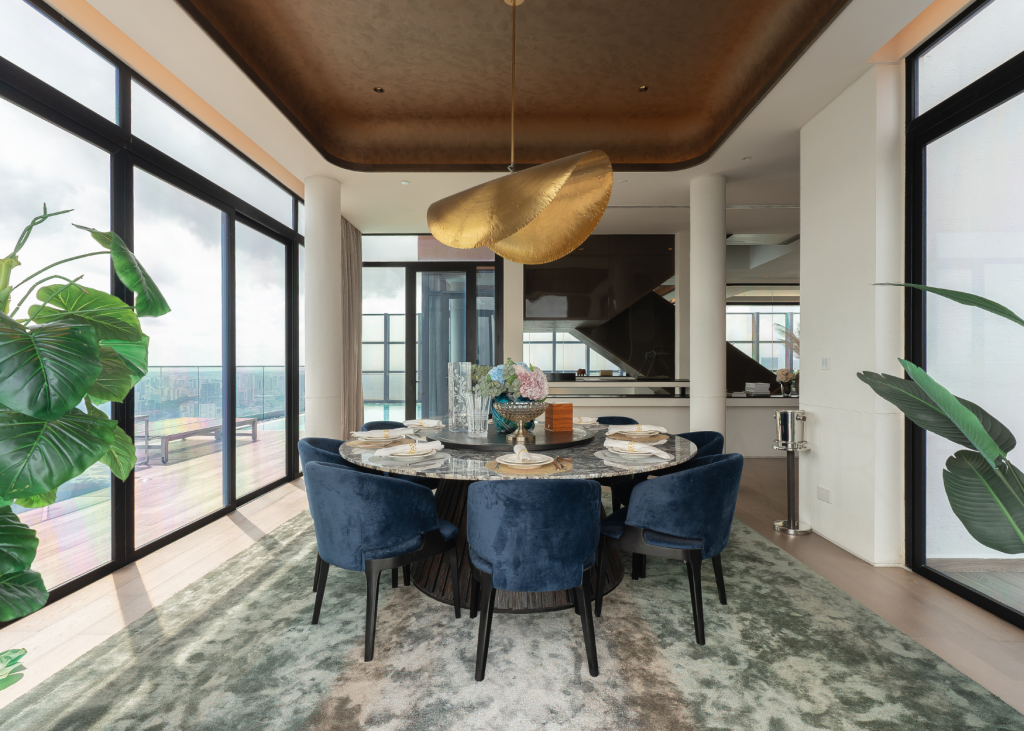
Ritz-Carlton Residences, Singapore.
CEO of Azimut | Benetti Group, Marco Valle:
“Geographical and cultural factors shaped how we designed boats for specific markets—layouts were adapted depending on whether a yacht was going to China, Mexico or the Middle East. There isn’t just one interior style that works everywhere. For example, we have a very successful model designed by a New York studio—rather than an Italian one—that’s been sold globally across different cultures.”
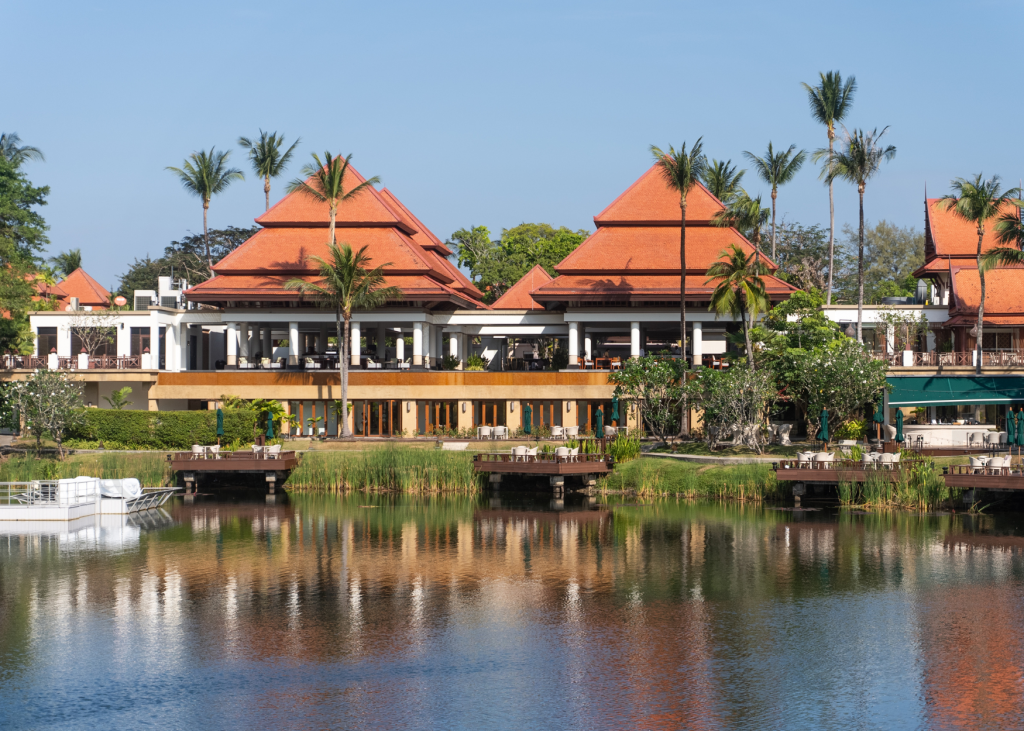
Banyan Tree Phuket Beach Residences, Thailand.
Founder of Banyan Tree Group, K.P. Ho:
“Luxury stays in Phuket have evolved in recent years. There has been a big increase in families. In the past, you would get European couples, younger and older. Now, with more guests coming from Asia, the Middle East and also Russia, the trend towards family travel and travel with friends has grown.”
Larger spaces, more intentional design
Co-founder of The Stable Group, Ed Horton:
“The luxury market—particularly in the Asia-Pacific region—has evolved quite substantially over the past four or five years. Since our last couple of projects, we’ve seen increased demand for much larger apartments with better facilities and a higher standard of finish—something that wasn’t as common even four or five years ago.”
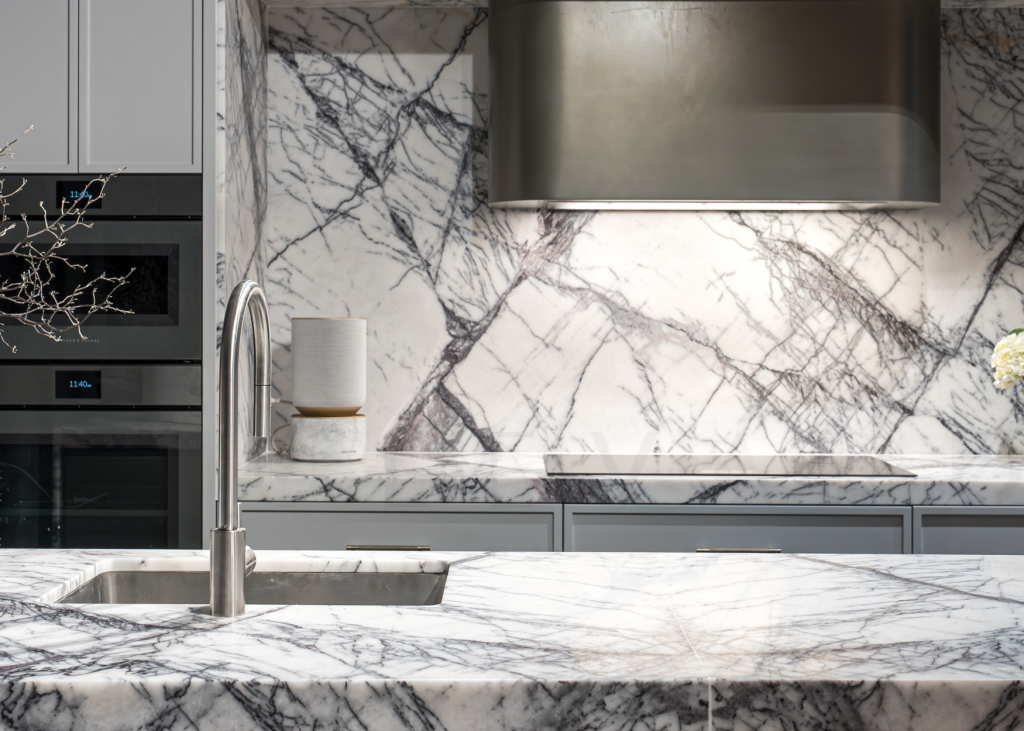
“Waruda” Kirribilli, Sydney, Australia.
Co-founder of The Stable Group, Danny Flynn:
“Luxury today isn’t only about premium finishes. It’s also about space, good storage, accessible car parking, and the convenience of being able to walk out the front door to a local village. These elements matter just as much.”
Read next:
- The interview: From small language models to military-grade technologies, Christopher Aw leverages his defense background to inform his investment strategy
- The interview: TE Capital Partners’ Emilia Teo on the scarcity of freehold strata office titles in Singapore’s rising commercial real estate market

